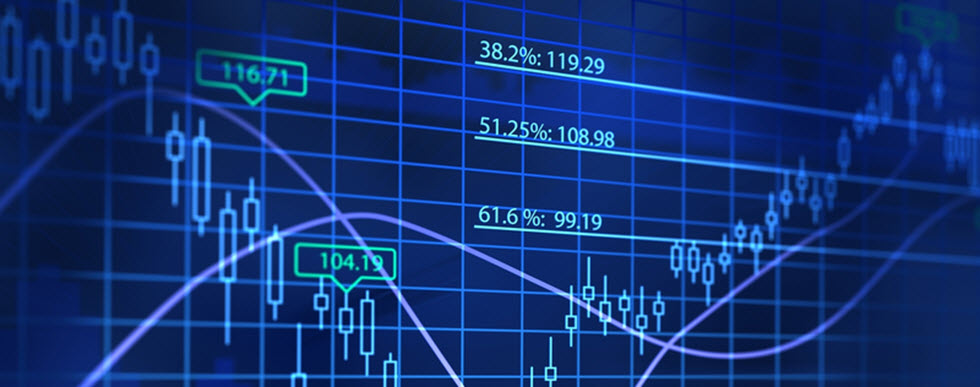Understanding Backtesting in Forex Trading
In the world of Forex trading, having a well-researched and tested strategy is essential to success. One of the primary tools for assessing the potential effectiveness of a trading strategy is backtesting. Backtesting involves testing a trading strategy using historical data to simulate how that strategy would have performed in past trading environments. This process helps traders understand the potential performance of their strategies in actual trading scenarios based on past market conditions.
The Importance of Backtesting
In the highly volatile Forex market, it’s crucial to have a reliable trading strategy that can withstand fluctuations and deliver consistent results. The importance of backtesting lies in its ability to provide an objective measure of a strategy’s feasibility. By evaluating a strategy against historical data, traders can determine whether it holds promise for future implementation. Through backtesting, traders gain the ability to refine and optimize their approaches, which aids in identifying strengths and weaknesses and informs decision-making relative to risk management. This process becomes an invaluable step in forecasting a strategy’s success or failure in live trading.
Steps to Backtest a Forex Trading Strategy
To effectively backtest a Forex trading strategy, several steps need to be followed. The initial stage of this process involves gathering relevant historical data that corresponds with the currency pairs and time frames pertinent to your trading strategy. Various online platforms and brokerages offer access to this data, which can typically be downloaded for backtesting purposes. Once historical data has been collected, the next steps include setting objectives, choosing a methodology, ensuring data accuracy, executing backtesting, and analyzing results.
Set Clear Objectives
Before initiating any backtesting, it is critical to establish clear and achievable objectives for your trading strategy. These objectives will guide your analysis and decision-making process. Clear objectives might encompass aims such as generating consistent returns, minimizing potential risks, or achieving a specified win rate. By having precise goals, you provide focus and direction during the backtesting analysis, ensuring the process remains aligned with your trading aspirations.
Choose a Backtesting Method
Selecting the right method for backtesting is fundamental to deriving meaningful insights from the process. Traders have two primary approaches to consider:
– Manual Backtesting: This traditional method involves manually reviewing historical data and applying your trading strategy to simulate trades. While this approach can be labor-intensive and time-consuming, it offers a depth of personal understanding and control over the underlying data and trading conditions.
– Automated Backtesting: Utilizing software or trading platforms, automated backtesting involves simulating trades over historical data electronically. This modern method is efficient and allows for the processing of larger data sets rapidly, making it easier to handle complex strategies and assess their impacts over more extended periods.
Opting for either method depends on resource availability, personal preference, and the complexity of the strategy in question.
Implement Accurate Data
The success of backtesting heavily relies on the accuracy and breadth of the historical data used. It is paramount to ensure that the historical data employed in the process is precise and encompasses a broad time range. Inaccuracies or gaps in data can skew results and lead to misleading conclusions. Accurate, comprehensive data forms the foundation for credible backtesting and provides a reliable measure of a strategy’s potential success.
Execute the Backtesting Process
After assembling the necessary data and defining a methodological approach, the next step is to execute the backtesting process. Whether using manual or automated methods, meticulously recording the outcomes of the simulated trades is crucial. Pay close attention to key metrics such as the number of trades executed, win/loss ratio, drawdowns, and net returns. These metrics provide benchmarks for assessing the performance of your strategy, allowing you to determine its viability in actual market conditions.
Analyze the Results
The culmination of the backtesting process is the thorough analysis of the results. This involves assessing whether the strategy met initial objectives and identifying patterns, inconsistencies, or areas requiring improvement. The insights gained from this analysis are invaluable for further refinement of the strategy. By scrutinizing these results, traders can make informed adjustments and optimizations to align the strategy more closely with intended financial goals.
Continuously Optimize
Backtesting should be viewed as a continuous, iterative process, rather than a one-off task. As market conditions continue to evolve, it is imperative for traders to regularly update and optimize their trading strategies to adapt to new market trends and movements. Continual testing and refinement enable traders to maintain a strategy that is not only relevant but also responsive to the dynamic nature of the Forex market.
Considerations and Caveats
Despite its valuable role in strategy assessment, backtesting is not without limitations. One notable caveat is that historical performance does not guarantee future results. Market conditions, volatility, and liquidity can all change rapidly, impacting strategy effectiveness. Additionally, there is a risk of over-optimization, or curve fitting, where a strategy is excessively tailored to fit historical data but fails when applied to live market scenarios. Thus, while backtesting provides crucial insights, it should be complemented by a consideration of current market dynamics and potential future shifts.
For those keen to delve deeper into backtesting techniques and strategy development, numerous educational resources and trading platforms offer comprehensive guides and tools tailored for this process. Engaging with community forums and discussions can also provide valuable insights into sophisticated backtesting strategies, aiding traders in developing more robust and adaptive trading approaches.
This article was last updated on: August 24, 2025

